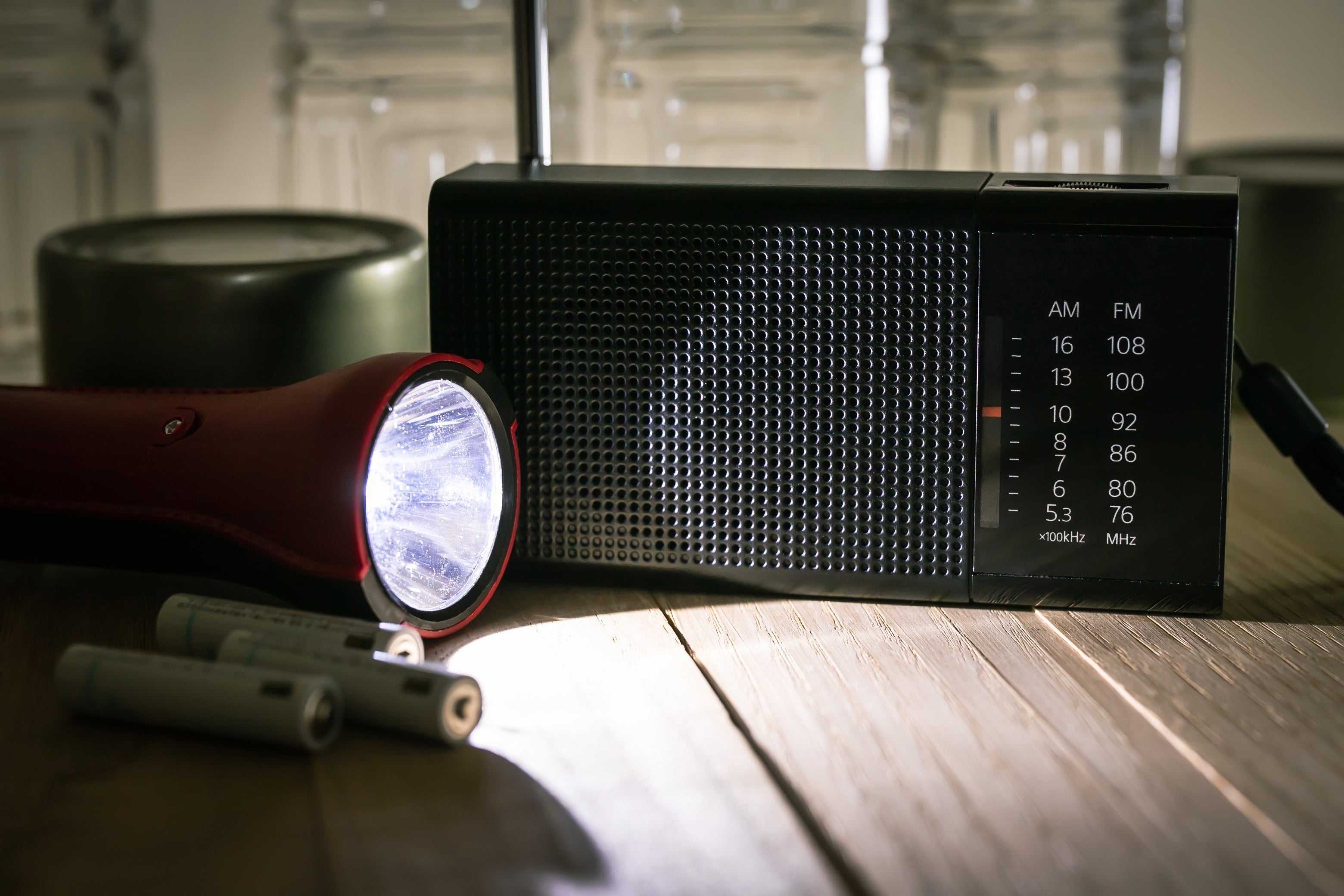When disaster strikes, communication can be the lifeline that saves lives. Power outages, hurricanes, earthquakes, or wildfires often take down phone towers and internet networks — leaving communities isolated. That’s why FEMA and emergency management experts stress the importance of having **reliable, off-grid communication tools** ready before an emergency hits. In this guide, we’ll explore the best tools you can use to stay connected when it matters most — and where to find them on eDisasterSystems.com.
Why Communication Is Critical in Disasters
In the first hours after a disaster, communication failures can cause confusion, delays in rescue, and prevent families from reuniting. Being able to receive alerts, call for help, and share updates is essential for survival. According to the Ready.gov emergency preparedness program, every household should have **at least one battery-powered or hand-crank radio**, plus backup power for phones and communication devices.
Types of Communication Tools for Emergencies
Here’s a breakdown of the most effective tools used by professionals and families alike during natural disasters and power outages.
1. NOAA Weather Radios (Battery, Solar, or Crank Powered)
The first tool on your list should be a **NOAA Weather Alert Radio**. These radios receive continuous weather updates and emergency alerts from the National Weather Service, even when cellular or internet services are down.
We recommend the Emergency Weather Radio Hand Crank Solar Powered Flashlight — available on eDisasterSystems. It combines radio, flashlight, and power bank functions in one compact design, ensuring you stay informed during extended outages.
2. Two-Way Radios (Walkie Talkies)
When cell networks fail, **two-way radios** are a proven alternative for short-range communication between family members, coworkers, or neighbors. Many operate on GMRS or FRS frequencies and can reach several miles depending on terrain.
Browse our Communication Devices Collection to find durable options ideal for family emergency kits or field use.
3. Satellite Phones
For total network independence, **satellite phones** connect directly to satellites, allowing calls and texts anywhere on Earth. These are particularly useful in remote areas or during long-term infrastructure failures.
While high-end models can be costly, having access to at least one satellite phone for a business, community center, or emergency operations team can be a lifesaver.
4. Hand-Crank and Solar Chargers
Even the best communication devices are useless without power. That’s where **solar and hand-crank chargers** come in. These eco-friendly tools recharge radios, phones, and flashlights when the grid is down.
Check out our Hand Crank Emergency Charger Portable Generator for a dependable off-grid solution.
5. Portable Power Stations
For those who want extended communication capability, **portable power stations** provide stable electricity to charge multiple devices — from smartphones to radios — through USB or AC outlets.
eDisasterSystems carries a variety of compact units like the 500W Portable Solar Generator, perfect for powering radios, laptops, and routers during outages.
6. Emergency Apps (Before Disaster Hits)
While apps rely on cellular or Wi-Fi connections, they’re still valuable for **pre-disaster alerts**. FEMA, Red Cross, and local emergency agencies all have official apps that provide real-time notifications before disasters strike. Download them in advance and enable offline features where possible.
7. Whistles and Signal Tools
When all else fails, **simple signal tools** like whistles, flares, or LED strobes can draw rescuers’ attention when electronic devices stop working. You can find essential signal gear in our Survival Tools Collection.
8. CB (Citizen Band) Radios
Popular among truckers and off-grid adventurers, **CB radios** operate on 40 channels and are reliable for regional communication when phone service fails. Some models can even connect to vehicle batteries for continuous use.
9. Emergency Communication Hubs
Larger families, schools, and workplaces can benefit from **centralized communication hubs**. These kits combine radios, chargers, and signal devices for coordinated emergency response.
We recommend the 2-Person Emergency Communication Kit available at eDisasterSystems for small-group preparedness.
10. Paper Maps and Contact Lists
In today’s digital world, it’s easy to forget how important **paper backups** are. Keep printed maps of your area, key evacuation routes, and written contact numbers for friends, family, and emergency services in your go bag.
How to Maintain Your Communication Equipment
- Test all radios and batteries monthly.
- Store devices in waterproof, padded cases.
- Keep spare batteries and power banks charged.
- Label all devices with user names or channels.
- Practice using radios during drills so everyone knows how to operate them.
Power Outage Communication Checklist
- Battery-powered or solar radio
- Two-way radios (walkie talkies)
- Portable power station or hand-crank generator
- Backup chargers and cables
- Signal tools (whistle, flare, LED light)
- Printed contact list and evacuation routes
Where to Buy Emergency Communication Gear
At eDisasterSystems.com, we specialize in **disaster-preparedness equipment** for homes, schools, and workplaces. Our curated collections include radios, generators, emergency kits, and long-term survival supplies designed for reliability during crises. Browse our Emergency Communication category to build your kit today.
People Also Ask
About the Author
Mick Chan is a safety-supplies industry professional with over 15 years of hands-on experience specializing in disaster preparedness and OSHA compliance. He earned his Bachelor’s degree in Business Administration from Cal State LA in 2013 and has since guided countless organizations across California in PPE procurement and emergency readiness. Born and raised in the San Gabriel Valley, Mick understands the safety needs of communities facing wildfires, earthquakes, and power disruptions. His mission is to help families and businesses stay safe, informed, and ready for the unexpected.

